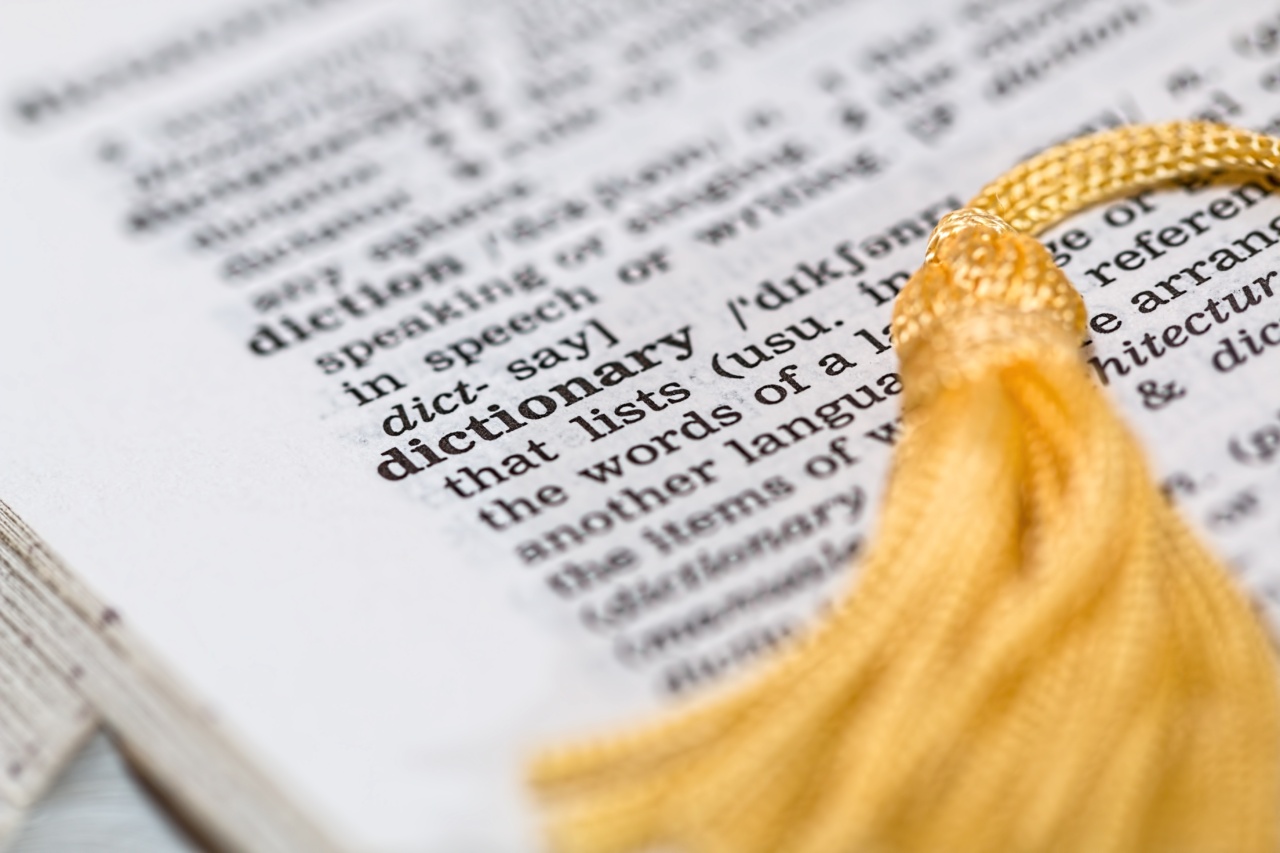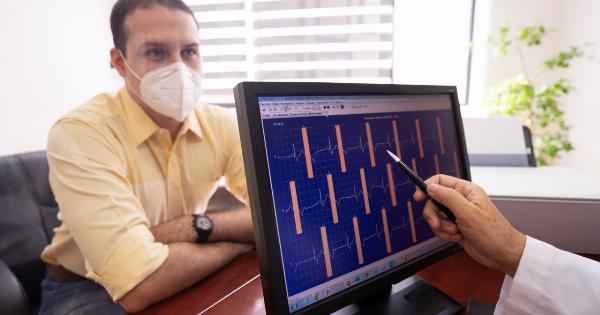Blood pressure is a key vital sign used by healthcare professionals to monitor the health of an individual. It measures the amount of pressure that blood places on the walls of blood vessels as it flows through them.
Blood pressure readings are a crucial indicator of heart health and can reveal potential risks of heart disease, stroke, and other health problems. In this article, we will discuss different blood pressure readings and what is considered normal.
What is Blood Pressure?
Blood pressure is the amount of pressure exerted on the walls of arteries as blood flows through the body. To accurately measure blood pressure, a healthcare professional will use a device called a sphygmomanometer.
This device consists of an inflatable cuff attached to a pressure gauge and a stethoscope. To take a blood pressure reading, the healthcare provider will wrap the cuff around the upper arm and inflate it until it restricts blood flow.
They will then release the cuff slowly to allow blood flow through the artery, while listening with a stethoscope for the sound of blood flowing through it.
Understanding Blood Pressure Readings
Blood pressure is measured in units of millimeters of mercury (mmHg) and recorded as two numbers. The first number, called systolic pressure, measures the pressure in arteries when the heart beats and pumps blood.
The second number, called diastolic pressure, measures the pressure in arteries between heartbeats, when the heart is resting and refilling with blood.
A normal blood pressure reading is typically defined as a systolic pressure less than 120 mmHg and a diastolic pressure of less than 80 mmHg. These numbers are represented as 120/80 mmHg and are considered the gold standard for healthy blood pressure.
However, blood pressure readings can vary depending on a range of factors, including age, gender, weight, activity level, and overall health.
What is High Blood Pressure?
High blood pressure, also known as hypertension, occurs when blood pressure readings consistently measure above the normal range. Over time, high blood pressure can lead to heart disease, stroke, kidney disease, and other health problems.
There are two main stages of high blood pressure:.
Stage 1
A systolic pressure between 130-139 mmHg or a diastolic pressure between 80-89 mmHg is classified as stage 1 hypertension. It is important to note that if left untreated, stage 1 hypertension can progress to more severe forms of high blood pressure.
Stage 2
A systolic pressure equal to or greater than 140 mmHg or diastolic pressure equal to or greater than 90 mmHg is classified as stage 2 hypertension.
Individuals with stage 2 hypertension are at high risk for developing heart disease and other serious health problems and should seek treatment immediately.
What is Low Blood Pressure?
Low blood pressure, also known as hypotension, occurs when blood pressure readings consistently measure below the normal range. In healthy individuals, low blood pressure is usually not concerning and does not require medical treatment.
However, if low blood pressure is accompanied by symptoms such as dizziness, fainting, or blurred vision, it should be evaluated by a healthcare professional.
A blood pressure reading is considered low if the systolic pressure is less than 90 mmHg or the diastolic pressure is less than 60 mmHg.
However, because blood pressure readings can vary depending on the individual, these numbers are not always indicative of low blood pressure.
Factors Affecting Blood Pressure Readings
A healthcare professional may take several blood pressure readings over a period of time to determine an individual’s baseline blood pressure. Blood pressure readings can vary depending on a range of factors, including:.
Age
As individuals age, their arteries become less flexible, leading to higher blood pressure readings.
Gender
Men are more likely to develop high blood pressure than women, particularly before the age of 45. After menopause, women’s risk of developing high blood pressure increases.
Weight
Overweight and obese individuals are more likely to develop high blood pressure because their bodies require more blood to supply oxygen and nutrients to their tissues and organs.
Physical Activity
Individuals who exercise regularly tend to have lower blood pressure readings than those who are sedentary.
Diet
Eating a diet high in salt, saturated fat, and cholesterol can increase blood pressure readings, while consuming a diet rich in fruits, vegetables, whole grains, and lean protein can lower blood pressure readings.
Conclusion
Blood pressure is a vital sign that provides important information about an individual’s heart health. Normal blood pressure readings are typically defined as a systolic pressure less than 120 mmHg and a diastolic pressure of less than 80 mmHg.
High blood pressure, or hypertension, occurs when blood pressure readings consistently measure above the normal range and can lead to serious health problems if left untreated. Low blood pressure, or hypotension, occurs when blood pressure readings consistently measure below the normal range and should be evaluated by a healthcare professional if accompanied by symptoms.
Understanding blood pressure readings and the factors that can affect them is an essential part of maintaining optimal heart health.





























